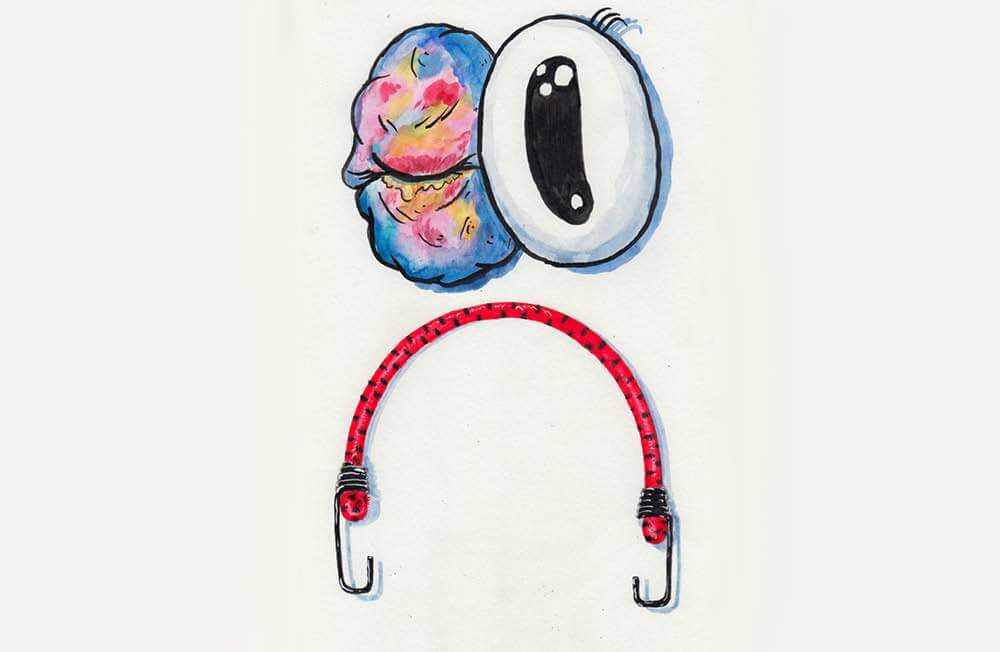The Short History Of Occy Straps
Share
For the type of people who post queries on forums about how to tie surfboards to the roof of their car, occy straps appear to be both convenient and credible.
They are not.
They are a vicious hangover from an age when everything was dangerous. A time when the occupants of the family car were variously bouncing around unrestrained, smoking or half-shickered. Or all three. Vehicle interiors were made of sharp metal, windscreens shattered into lethal shards, and given all of these factors, the risk of losing an eye to your roofrack strap was a fairly low preventative priority.
Back in those bad old days, the metal hooks on the ends of the occ grappled perfectly with the cylindrical steel tubes that served as roofrack bars. Nowadays, low profile roof bars are shaped more like aircraft wings, and are incompatible with the hook shape, compelling the user to hook the strap back onto itself. Perhaps as a consequence, the distinctive divots cut by occy straps into the rails of boards have largely disappeared.
Although functionally descriptive, the American term “bungee cord” doesn’t go anywhere near conveying the simple joy of combining an elastic cord and two hooks to solve a tie-down problem, nor the terror of having one detach itself and whip through the air like a dugite under provocation.
And that’s when those highly functional hooks become a monstrous liability. A simple image search for “occy strap” on the internet will bring up lots of colourful elastic bands, but it’s also a mugshot parade of grim-faced men with blackened, lacerated or completely destroyed eyes. Occy straps are said to hospitalise more than 500 Australians each year with severe eye injuries: they’ve even caused a fatality. Half of all occy strap injuries occur in holiday periods. It‘s safe to assume that the victims are people standing on the wheel well of the family wagon, tying boards to their car roof and cussing at the stubborn refusal of the $3 strap to give just…one…more…inch…
Testing at UNSW’s Optics and Radiometry Laboratory reveals that the hook is small enough to hit the eyeball directly and can do so at up to 270 kph. Nearly 90 per cent of occy strap eye injuries occur among men, most of whom are under 30. (Other medical research has found that backyard cricket and champagne corks are also leading causes of eye injury.)
Trucking companies and removalists won’t touch them these days, opting instead for a range of ratchet and buckle straps that aren’t elastic and are much stronger. And a note on breaking strain: there is not an occy strap on earth that will secure an upright refrigerator on a four by six trailer in a high wind. Trust me on this.
Contrary to some very lazy etymology, the strap is not named after a powerhouse goofy-footer from Kurnell, but after its fairly dubious resemblance to the tentacles of the octopus. They are still widely sold, and now come with more warnings on them than most high-grade pharmaceuticals, but it’ll never be enough.
Despite this – or perhaps because of it, in some kind of irony-as-fashion parallel universe – Givenchy featured occy straps – worn as belts – in their Autumn/Winter ready-to-wear collection last year. Another striking instance of fashion and common sense parting ways.
